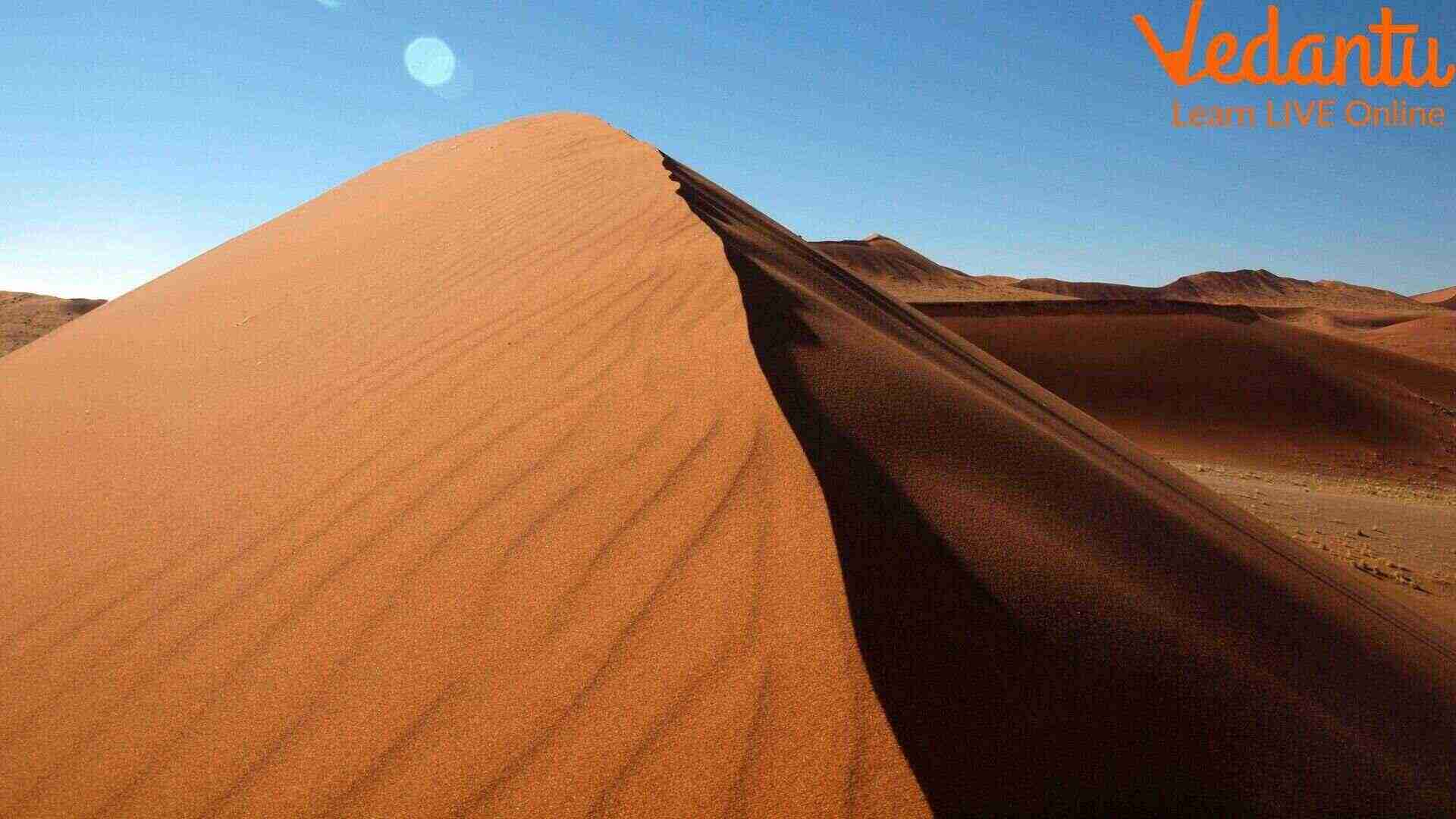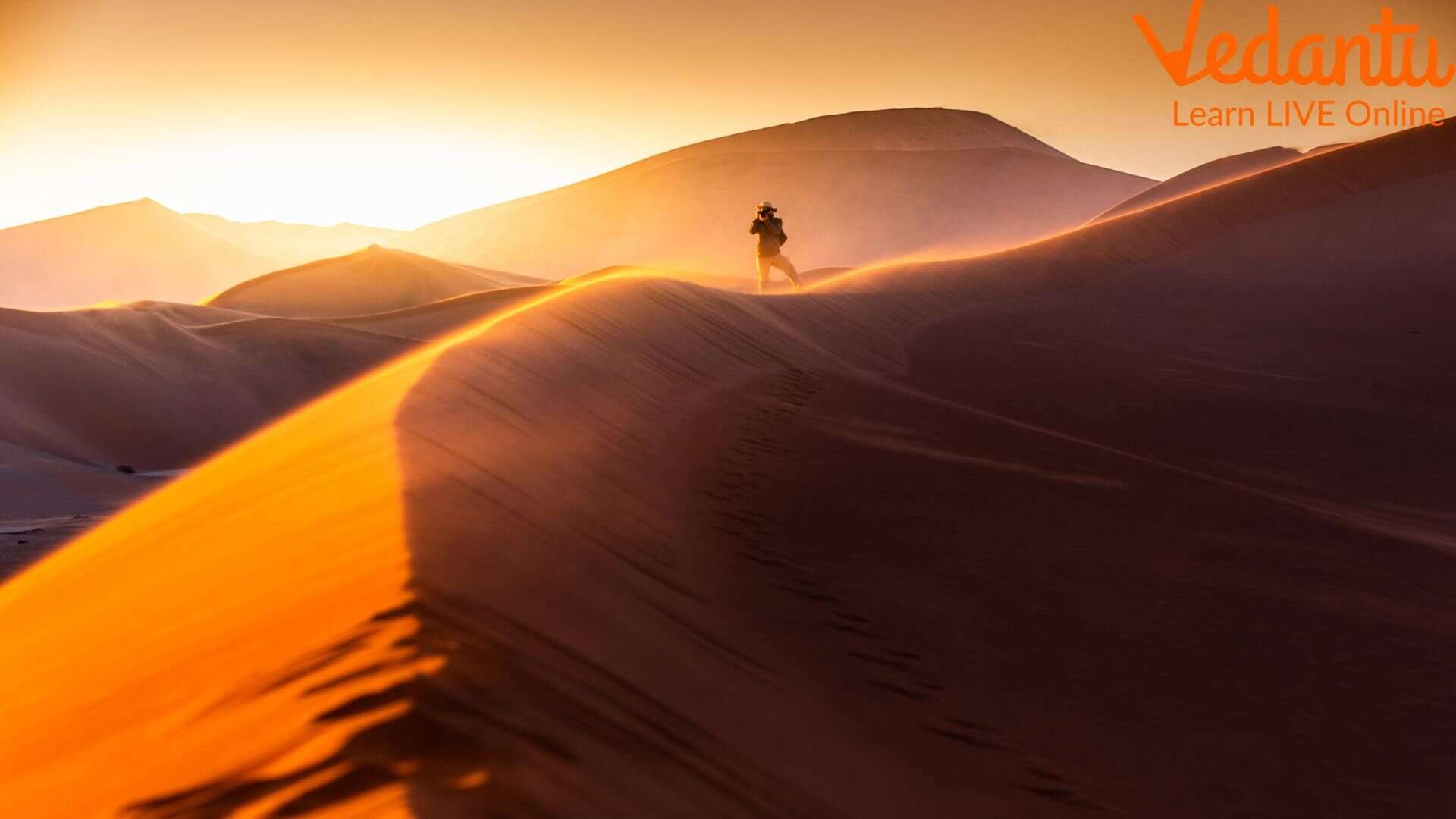Everything You Need to Teach Your Kids about Sand Dunes
If you have kids who read in middle school or any higher secondary school, they must have read about sand dunes in one of their Geography books. But sometimes, they might not understand the whole concept of a dune or how they are formed. Not only that, if your kids have not read about dunes extensively, they might not know about the different types of dunes either.
To increase your kids’ knowledge about dunes, you can start with the simple explanation that sand dunes are ridges of sand formed by waves. But, if you think that is not thorough knowledge, you can find a lot more information about dunes by reading this article. So, read along to help your children gain some knowledge about dunes.
What are Sand Dunes?
As we have mentioned earlier, sand dunes are ridges of sand formed by waves. They look a lot like tiny hills. The difference is just that they are made of numberless particles of sand. But how do the dunes form? Well, the wind does a great job of forming the dunes. When the wind blows across deserts, it carries the particles of sand with it. The more powerful the wind is, the farther the particles go. Since the sand particles keep rolling on the ground, they create small wave-shaped hills. These are called dunes.

Formation of Dune
Conditions for Sand Dunes Formation
The first and most important thing for dunes formation is that there must be ample sand. The wind must keep carrying an abundant amount of sand and transport the sand particles to the beach or any desert, so the formation of dunes can happen.
For any dune to form, there must be a huge range between low tides and high tides. It helps the sand to get exposed when the tide subsides. The wind can now dry the sand and carry the sand particles to deserts.
What are sand dunes? Many of you must think that dunes are the ones that get formed in a desert by a strong wind. But that is not quite true. Dunes can also be seen underwater. Due to the strong sea waves, you can see dunes under rivers.
In a sand dunes desert, the deposition of sand must happen faster so that the wind can build up the sand hills.
We all know that sand dunes move due to wind. But if there is any obstacle on the way, for example, a rock or wood, it can prevent the sand particles from accumulating.
What are sand dunes? We all know that when the wind carries the sand particles, they accumulate and make small hills. But that happens in a dry area. In a wet area, the grains of sand start making bonds. That is why it gets difficult to form any dunes in a wet area.
Types of Sand Dunes
Dunes are made of different types of sand. Sometimes they are formed with white sand, and sometimes they are made of yellow sand. But it does not matter what type of sand it is; dunes have various shapes. There are five shand dune shapes. They are crescentic, dome, linear, star, parabolic, and longitudinal dunes.
Crescentic Dunes
Crescentic dunes have the shape of crescents. Sometimes they look like the English letter C. Its wide side is the windward side and the smaller side has a semi-circular slip face. This dune can be made of different types of sand but is considered the fastest-moving dune of all.
Dome-shaped Sand Dunes
How are sand dunes formed? We all know the answer by now. But the dome-shaped dunes are the rarest ones. Therefore, it isn't easy to find them. In the case of the dome dunes, the wind can blow material on the dune from every side as it has a circular shape.
Linear
Linear dunes usually form a straight line. They almost look like a snake. When the wind pressure is almost equal on both sides, the sand particles get piled up from both sides. As a result, linear dunes are formed.

Sand Dunes
Star
Star-shaped dunes usually have slip faces and pointed ridges on three sides. If the wind comes from different directions, the sand from every side accumulates, forming a star-shaped dune.
Parabolic
Parabolic dunes look a lot like crescentic dunes. But the parabolic ones have a small difference. Their slipped faces are always on their inward side. As the wind blows out the centre of the dune, it leaves a rim on the outer side. That is why the Parabolic dunes are called ‘blowouts’. You can also see images of a sand dune park to observe what dunes look like.
Longitudinal Sand Dunes
Longitudinal sand dunes usually lay parallel to the direction of the prevailing wind. They have symmetrical sections.
Is there any Life Possible in Sand Dunes?
There are many sand dunes types. But not one of them is suitable for humans. However, some species can survive in that extreme hot weather. Let’s find out what those are:
Dunes do not have much soil. That is why plants cannot grow there. But besides, deserts and dunes are usually located near oceans. So, the plants that are tolerant of salty soil are the ones that can grow in dunes. Beachgrass can survive in the dune ecosystem.
Some large animals can live in the dunes. You can find sciatica cheetahs and Yuz in the dune atmosphere. Onager, known as a relative of a horse, can also survive in the dunes.
Conclusion
As we all know by now, sand dunes are ridges of sand formed by waves. But that knowledge is not enough for your kids. You need to know about the types and different shapes of the dunes. In this article, we have mentioned every small detail about the dunes that can help your children to learn about the dunes and their types. You can explain the concept in a simpler way to them so they can understand it clearly.







